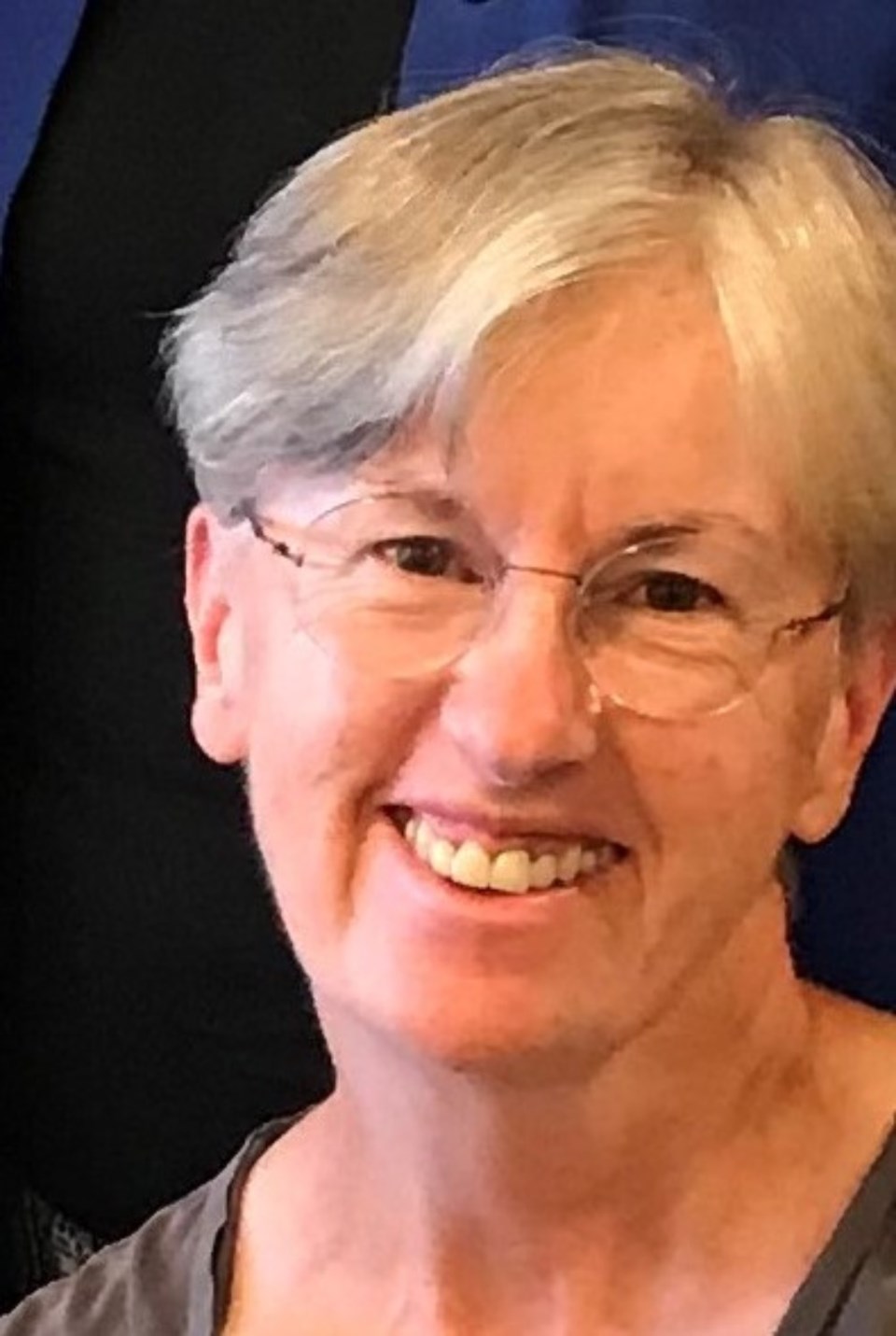The endless heart-wrenching conflicts in Gaza as well as Ukraine have shaken us to the core, but to what end? We’re outraged by the wholesale violence and basic injustices of war, the effect on families, the effect on children. This is especially worrisome in an age when the threat of nuclear war looms as the ultimate terminus of this destructive path. In fact, the war in Ukraine has illustrated that the threat of nuclear war has hindered peace rather than acting as a deterrent to war.
Where is the path to peace? Is force or the threat of force needed to maintain it? This is a paradox we’re still grappling with as we seek to put an end to war. Pacifism and pragmatism seem at odds with each other.
I believe we need both. This period of history calls us to be committed to peace and realistic about how to end war. Solutions for creating an order based on human rights and the rule of law are already at our disposal.
Many of the solutions for peace proposed by the Prophet-Founder of the Baha’i Faith, Baha’u’llah, are gaining currency. It’s not necessary to be a Baha’i to appreciate these ideas, and some have arrived at them by other routes. The solutions are sometimes general and foundational: gender equality; compulsory education of children; the elimination of prejudice; a universal auxiliary language; elimination of the extremes of wealth and poverty. Others are more directly applicable: curtailing armaments to levels needed only for internal order; the establishment of a Tribunal for the international rule of law; and a democratically elected level of global governance.
One solution in particular would safeguard peace and world order. We’re already familiar with multinational alliances. Baha’u’llah called for a worldwide alliance so that if any nation rises up against another, all nations will unitedly act to put an end to that conflict.
Out of necessity, long strides in international collaboration have been made over the past hundred years and that process has been increasingly gaining strength, each consensus building on the last as we gain experience and trust.
It’s a long learning curve. The common complaint that our international institutions have no teeth is largely because we have yet to endow them with sufficient capacity to act. In order to preserve uncontested national sovereignty, we’ve chosen to neuter any higher authority. As it now stands, each nation chooses whether to accept the jurisdiction of the International Court of Justice and the International Criminal Court, and the courts have no means to enforce decisions. Thus, many nations and their leaders are not held accountable. Worse yet, five nations (Russia, the US, the UK, China and France) have veto power over all Security Council decisions, a flaw that was supposed to have been corrected by a Charter review conference within 10 years its writing. It’s long overdue.
The vision of a just and democratic world struggles under the weight of our disillusionment and cynicism. Justice will never win in the long term they say, since the rule of law will never be universally accepted and if it were, opportunistic leaders would inevitably arise to destroy it. But this is exactly why effective international agreements are so crucial. It again points to the need for realism in designing systems capable of withstanding challenges.
Both Gaza and Ukraine have proven that such systems are needed to hold nations and leaders accountable before the world. It benefits only the corrupt and powerful to continue on the present path. Are current events desperate enough for us to pay attention to real solutions?
Sheila Flood is the E.D. of the Victoria Multifaith Society and member of the Bahá’í community.
You can read more articles on our interfaith blog, Spiritually Speaking, at /blogs/spiritually-speaking
* This article was published in the priint edition of the sa国际传媒 on Saturday, March 27th 2024



